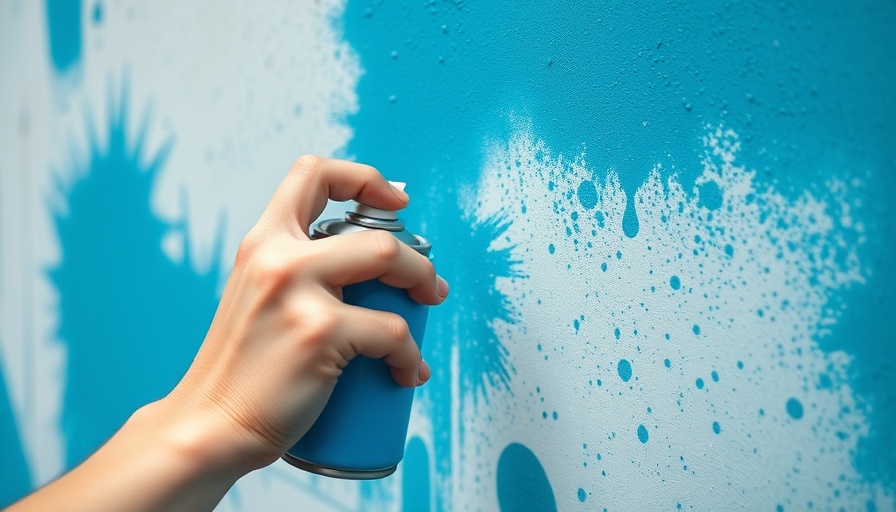
The Secret Beneath Your Fingers: The Function of Keyboard Bumps
Have you ever paused while typing to wonder about the raised lines on the “F” and “J” keys of your keyboard? These grips serve a crucial purpose, especially for those of us who spend long hours at our computers—whether working from home, managing real estate, or diving into DIY home projects. These tactile markers allow typists to find their home position without looking, enhancing efficiency and speed.
Understanding Touch Typing: A Skill Worth Having
At its core, touch typing is a valuable skill that empowers individuals to type rapidly and accurately. This method leverages the tactile feedback provided by the raised lines on the “F” and “J” keys, helping typists orient their fingers effortlessly. Without needing to gaze down at the keys, a proficient typist can focus on crafting emails, writing reports, or even engaging in creative writing.
Home Row: The Heart of Your Keyboard
The “F” and “J” keys belong to the home row, which is critical for efficient typing. The layout divides the keyboard into sections according to finger placement. For instance, the left pinky covers “Q,” “A,” “Z,” and others, while its counterpart on the right covers “P,” “O,” “L,” and more. Understanding this distribution allows keyboard users to enhance their typing skills significantly.
A Brief History of Keyboard Design
Believe it or not, modern keyboards have evolved significantly from their early days. The layout that most of us use today—the QWERTY layout—was designed in the 19th century for typewriters to minimize jamming of mechanical arms. This historical context helps us appreciate why keyboard design is not only about aesthetics but functionality.
Practical Tips for Improving Typing Skills
To get the most out of your typing experience, here are some straightforward steps you can take to enhance your skills:
- Familiarize Yourself with All Keys: Don’t just stick to the home row; practice accessing other keys to expand your typing speed.
- Use Typing Apps: Consider using online tools or applications specifically designed to teach typing skills. Tools like Typing.com or Keybr.com can be incredibly helpful.
- Practice Regularly: Like any skill, consistency is key. Allocate time each day for typing practice to develop muscle memory.
Beyond the Keyboard: Implications for Everyday Life
Understanding the significance of keyboard layout and tactile guidance resonates beyond just fast typing. As more people turn to remote work or home-based projects, the efficiency of communication becomes ever more vital. The ability to type without distraction allows individuals to focus on what truly matters: the message they are conveying.
Conclusion: Type with Confidence
So, the next time you sit down at your keyboard, take a moment to appreciate those little bumps on the “F” and “J” keys. They not only provide orientation for diligent typists but also symbolize a learning journey that many took in school. Embrace the power of touch typing, and you may find that your productivity increases along with your confidence.
If you're interested in enhancing your typing skills or organizing your workspace, consider incorporating some of the tips mentioned above to create a conducive typing environment.
 Add Row
Add Row  Add
Add 




Write A Comment